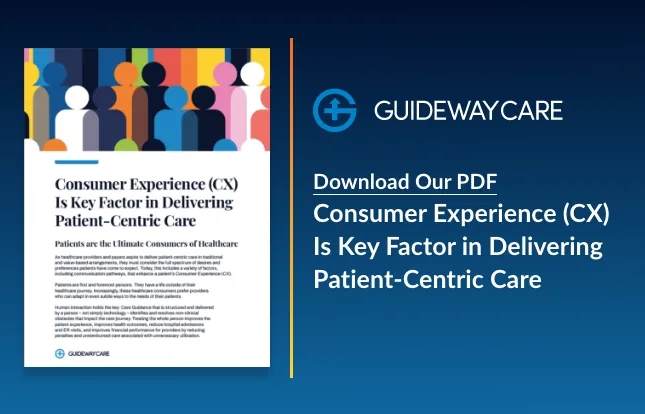Understanding the EOM and OCM: How They Compare

The Centers for Medicare & Medicaid Services (CMS) introduced the Enhancing Oncology Model (EOM) to replace the Oncology Care Model (OCM). They share several similarities and differences. Here’s a detailed analysis of EOM vs OCM to help you understand how they compare.
Downside Risk
The first difference between EOM vs OCM is that in the EOM, participants are required to accept downside risk at the beginning of the model. However, in the OCM, a participant can earn performance-based payments if they achieve savings compared to the model’s risk-adjusted benchmarks. The downside risk is only required when a patient has not earned such payments by a certain period.
On the other hand, all participants of the EOM should select either one of two risk arrangements. They can either choose one that involves upside risks or opt for the other that requires downside risks. The move can be detrimental to those participating in the EOM.
Reduced Payments for Enhanced Oncology Services
The EOM significantly reduces the monthly oncology care payment from $160 to $70 per beneficiary per month. This payment is crucial in subsidizing the required practice transformation activities under the OCM. It is essential to note that a $30 payment is available to some beneficiaries. However, it is essential to note that the money is not part of the total cost of care responsibility.
Fewer Cancer Types
The EOM cuts down on the number of cancer types it covers. OCM, on the other hand, included almost all cancer types. This change lets CMS predict costs more accurately. However, narrowing the scope can also backfire by shrinking the risk pool.
New Focus on Health Equity
The EOM puts health equity front and center. Those taking part must check beneficiaries for health-related social needs, gather socio-demographic data, and create health equity plans. This lines up with what the CMS wants to achieve: to make cancer treatment more uniform. CMS hopes this data will benefit the wider healthcare world.
Application & Implementation Timeline
The EOM kicked off its first performance period on July 1, 2023. Physician group practices under the EOM should have signed formal participation agreements earlier in 2023.
EOM has brought significant changes that participants must consider before choosing the best oncology care. Consult Guideway Care to understand how EOM is different than OCM and choose the best method for your facility.
Contact Us Today To Learn How We Can Help
"*" indicates required fields




